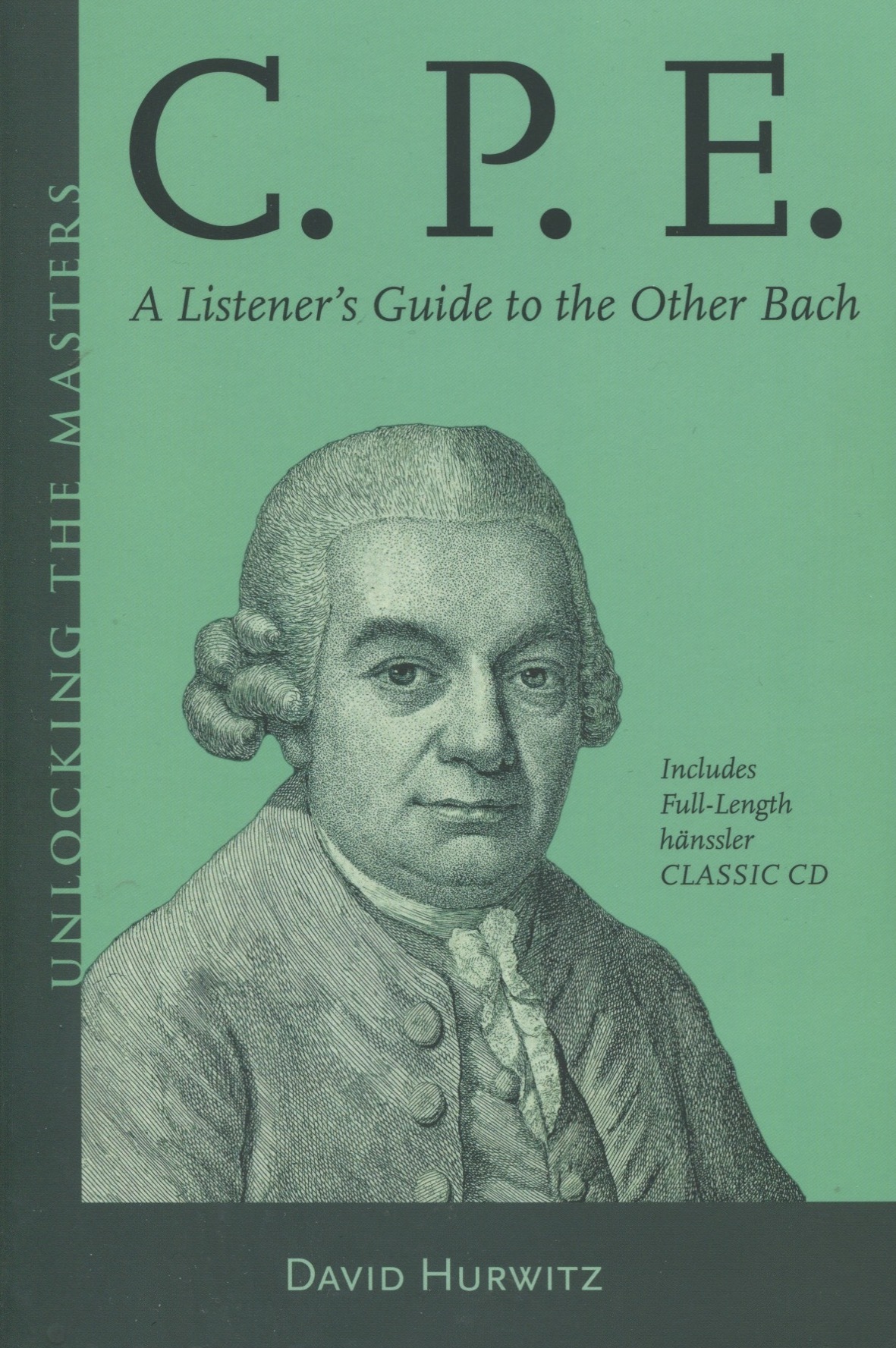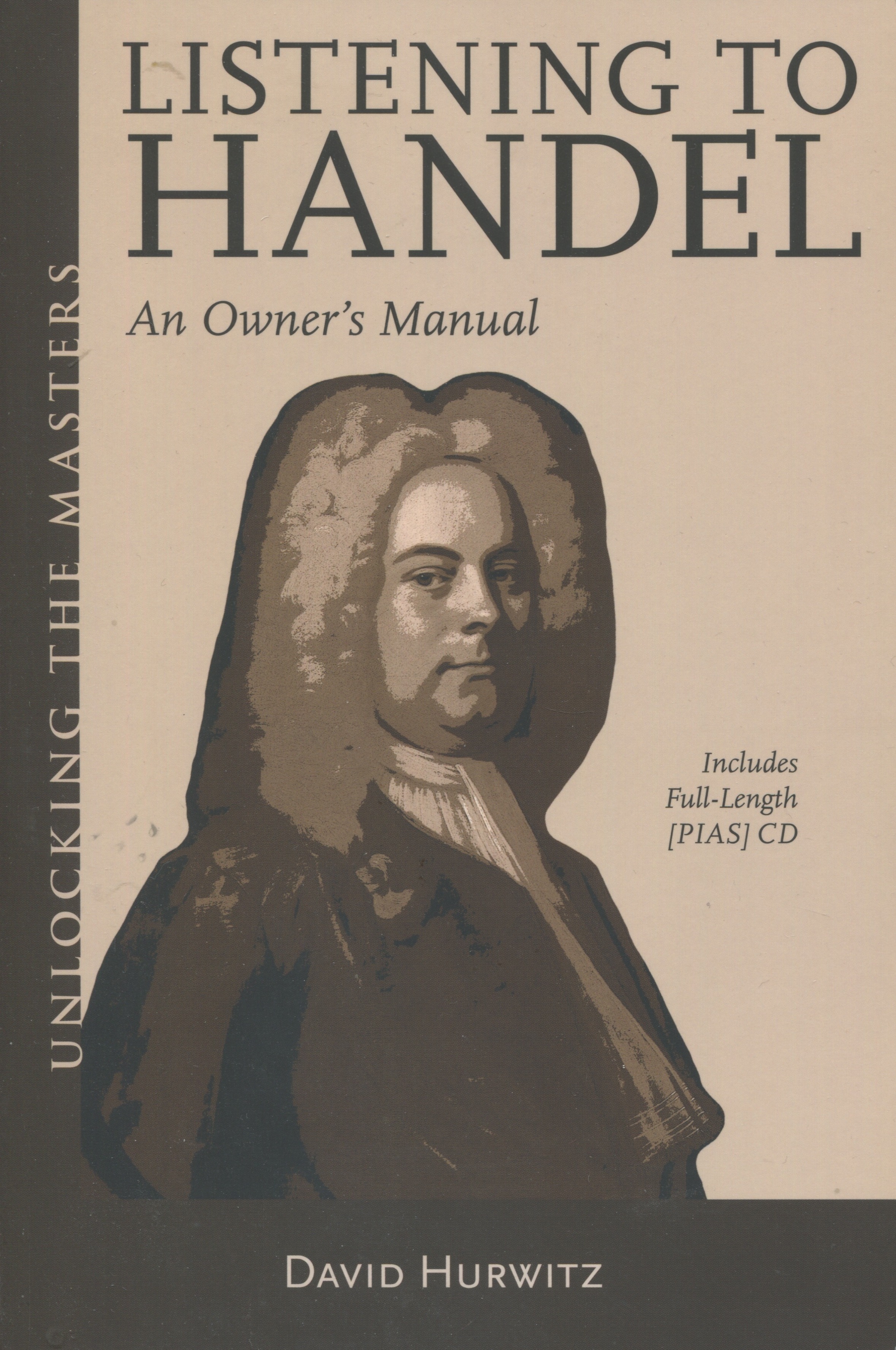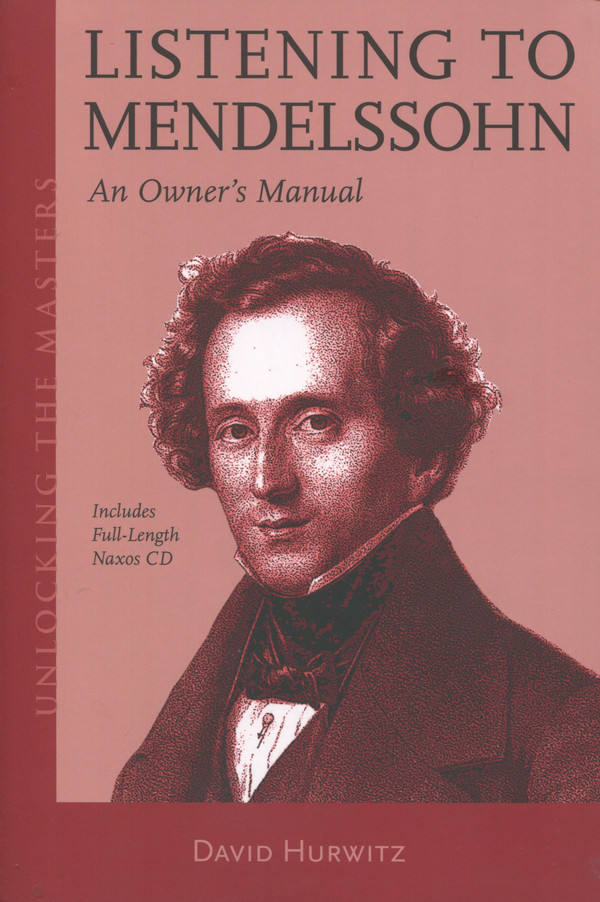


Books in series

Decoding Wagner
A Basic Guide into His World of Music Drama
2004

The Mahler Symphonies
An Owner's Manual
2004

Getting the Most Out of Mozart
The Instrumental Works - Unlocking the Masters Series, No. 3
2005

Getting the Most Out of Mozart
The Vocal Works
2005

Dvorak
Romantic Music's Most Versatile Genius
2005

Exploring Haydn
Unlocking the Masters Series, No. 6
2005

The Great Instrumental Works
2005

Opera's First Master
The Musical Dramas of Claudio Monteverdi
2006

Shostakovich Symphonies and Concertos - An Owner's Manual
Unlocking the Masters Series
2006

Tchaikovsky
His Music, His Life
2007

Chopin
A Listener's Guide to the Master of the Piano
2006

Sibelius
2007

Debussy
The Quiet Revolutionary
2007

Beethoven's Symphonies
A Guided Tour
2008

Brahms
A Listener's Guide
2008

Puccini
A Listener's Guide
2008

Schubert's Theater of Song
A Listener's Guide
2009

Liszt
A Listener's Guide
2009

Schubert's Instrumental Music
A Listener's Guide
2009

Bach's Keyboard Music
A Listener's Guide
2010

Bernstein's Orchestral Music
An Owners Manual - Unlocking the Masters Series No. 22
2011

Beethoven's Piano Music
A Listener's Guide
2011

Beethoven's Chamber Music
A Listener's Guide
2012

Richard Strauss
An Owner's Manual
2014

Verdi
The Operas and Choral Works
2014

Ravel
A Listener's Guide
2015

C. P. E. A Listener's Guide to the other Bach
1768

Listening To Handel
An Owner's Manual
2019

Listening to Mendelssohn
An Owner's Manual
2020
Authors
